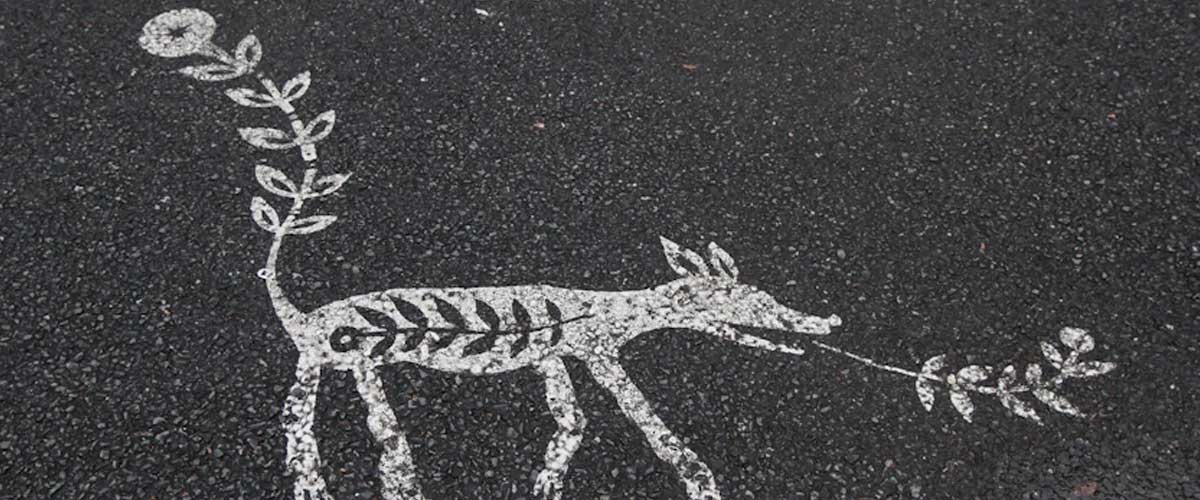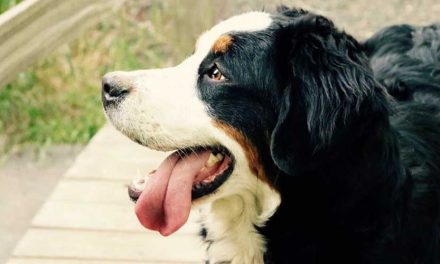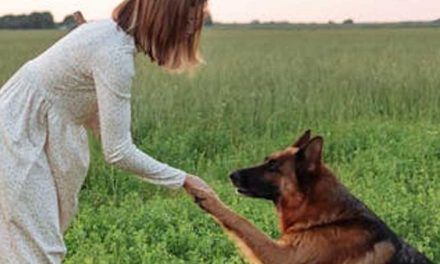Dogs have been our loyal companions for thousands of years, but their evolutionary journey is a fascinating tale of adaptation and survival that spans millions of years.
Understanding this journey provides insight into how the domestic dog (Canis lupus familiaris) became not just a pet, but an integral part of human society.
To trace the lineage of today’s dogs, we must look back at their distant ancestors, starting with prehistoric carnivorous mammals and examining significant evolutionary milestones.
Creodonts: Early Carnivorous Mammals
The story begins with the Creodonts, a group of carnivorous mammals that were prevalent from the Paleocene to the Miocene epochs, around 65 to 9 million years ago.
Although they are not direct ancestors of modern dogs, Creodonts were among the earliest carnivorous mammals and played a crucial role in the ecosystem.
Unlike modern carnivores, Creodonts had specialized teeth and unusual jaw mechanics that allowed them to consume meat and tough hides, showcasing the early evolutionary adaptations necessary for a predatory lifestyle.
Their prevalence around the world demonstrates the diversity of mammalian life and hints at the future evolution of canine-like creatures.
Miacis: The Transitional Ancestor
Moving forward in time, we encounter Miacis, a genus that lived around 65 to 33 million years ago during the late Paleocene to the early Eocene epochs.
Miacis is often considered one of the first carnivorous mammals to show characteristics of both modern carnivores and early canids.
These small, tree-dwelling animals had a generalized body structure and were likely omnivorous, feeding on a variety of foods, including fruits and small animals.
Miacis is significant because it represents a critical evolutionary step, showcasing the traits that would later become prevalent in the ancestors of modern dogs and cats.
Hesperocyon: The Dawn of the Canids
As we move through the evolutionary timeline, we encounter Hesperocyon, which existed during the early to mid-Miocene epoch, approximately 40 to 20 million years ago.
Often referred to as the “dawn of the canids,” Hesperocyon is believed to be one of the first true dog-like animals.
This genus exhibited features such as elongated limbs and a more advanced jaw structure, which indicated an adaptation to running and hunting.
Fossil evidence suggests that Hesperocyon had begun to exhibit behaviors similar to modern canids, including pack living and cooperative hunting strategies, setting the stage for the further evolution of canines.
Cynodictis: A Further Canid Development
Following Hesperocyon, we find Cynodictis, which lived around 37 to 20 million years ago.
Often recognized as a more advanced form of early canids, Cynodictis had a body similar to that of modern wolves and foxes.
It was highly adapted for different environments, indicating its expanding geographic range.
Cynodictis exhibited a unique combination of traits: it had the flexibility and adaptations necessary for both hunting and scavenging.
Its development allowed for further divergence in canid evolution, leading to a greater variety of species and sizes.
Tomarctus: A Key Link in Canid Evolution
Tomarctus emerged around 20 to 5 million years ago, during the late Miocene epoch.
This genus is considered a key link in the evolution of canids, as it retained many characteristics of earlier canids while also developing features of modern dogs.
Tomarctus was larger than its predecessors and exhibited a more advanced form of dentition, indicating a specialization in meat consumption.
The adaptation to different habitats and prey types allowed Tomarctus to thrive in diverse environments, and it is even believed to represent the common ancestor of both modern dogs and wolves.
The Rise of Modern Canids
As the world transitioned through various epochs, so too did canids.
By the late Pleistocene epoch, approximately 1.8 million years ago to 11,700 years ago, groups of modern canids began to emerge.
The modern ancestors of dogs split from their wolf counterparts, and early humans began to domesticate certain wolf populations.
This intermingling of species laid the groundwork for the domesticated dog we know today.
Through selective breeding over thousands of years, humans shaped the characteristics of different dog breeds, showcasing the incredible diversity we see in dogs today, from tiny Chihuahuas to massive Great Danes.
Conclusion: A Journey Through Time
The evolution of the dog is a remarkable story steeped in millions of years of natural adaptation and intervention by humans.
From the ancient Creodonts to modern canids, the journey illustrates the dynamic interplay between environment, physiology, and behavior in a world continually evolving.
As our understanding of genetics and evolutionary biology deepens, we gain new insights into how dogs developed unique traits and behaviors that have allowed them to seamlessly integrate into human lives.
With each dog’s wagging tail, we not only see a companion but a testament to a long and intricate history that binds us to nature and our shared past.










